Posts
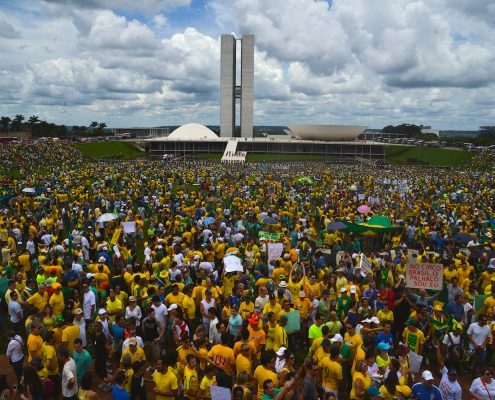
Factors That Influence the Acceptance of Corruption in Brazil
By Sergio Guedes Reis, UCLA Master of Social Science ‘18 Citizens…
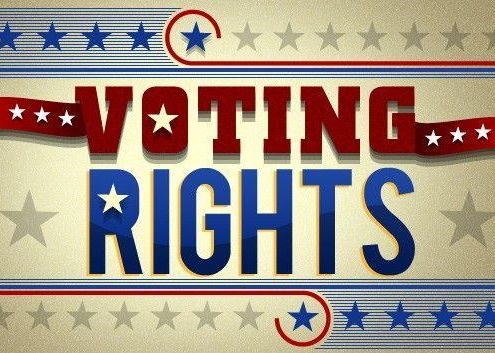
Defending Voting Rights: A Civil Rights and Social Science Partnership in Action
By Chad Dunn, Brazil & Dunn, Attorneys at Law, and Matt…
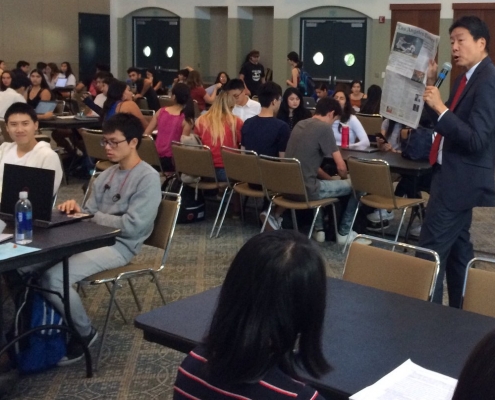
Students Participate in Collective Bargaining Exercise at UCLA
By Kent Wong Director, UCLA Labor Center The UCLA fall…
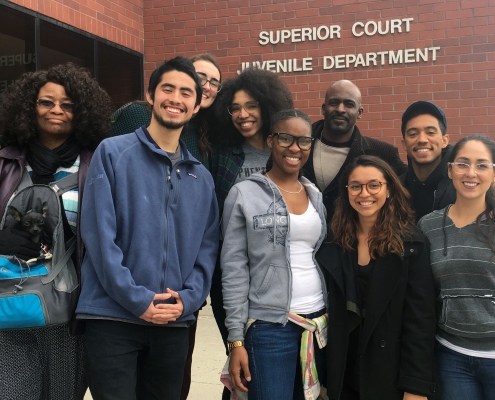
LA Social Science Presents “Conversations with Changemakers” Featuring Bryonn Bain and Rosie Rios – Part 2
By Lara Drasin Read Part 1 of this interview HERE. Bryonn…

UCLA Professor Barreto Writes Timely Op-Ed on the Elections and Immigration for The New York Times
October 24, 2018 UCLA Professor Matt Barreto wrote an…
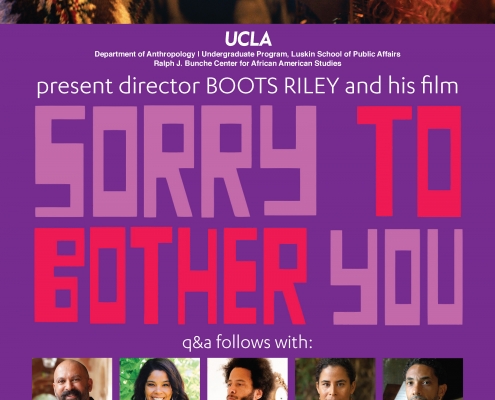
Sorry To Bother You Screening Followed by Q & A with Director Boots Riley at UCLA on 11/6
On November 6, 2018, go vote and then check out a screening of…
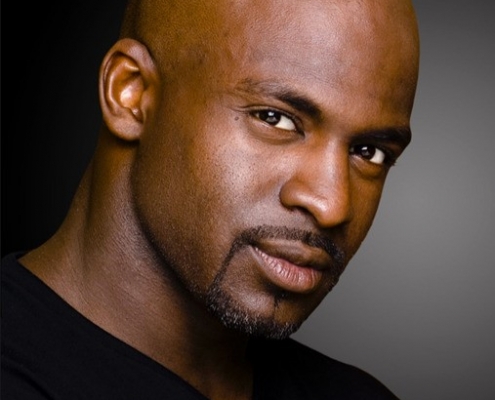
LA Social Science Presents “Conversations with Changemakers” Featuring Bryonn Bain and Rosie Rios
By Lara Drasin Bryonn Bain is a UCLA professor jointly appointed…
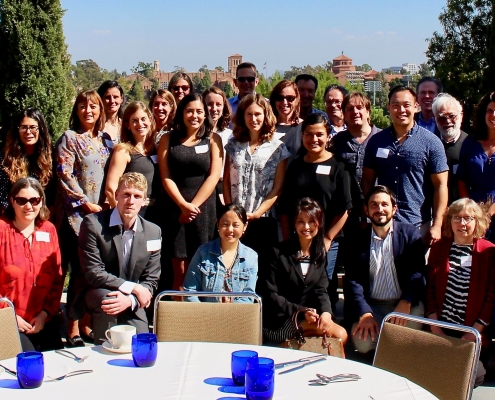
UCLA California Center for Population Research Commemorates Its 20th Anniversary
On October 11-12, 2018, the California Center for Population…
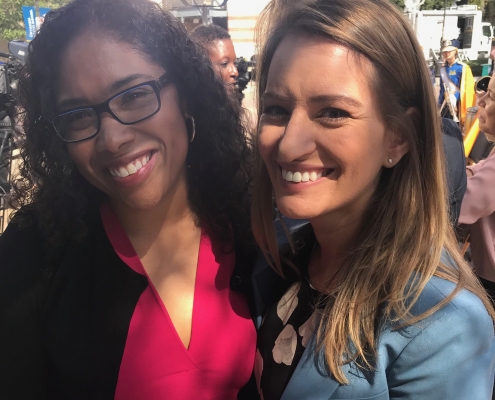
UCLA Professor Frasure-Yokley Discusses Her Electoral Research on MSNBC — Watch Video Here
On October 8, UCLA Professor Lorrie Frasure-Yokley and UCLA…
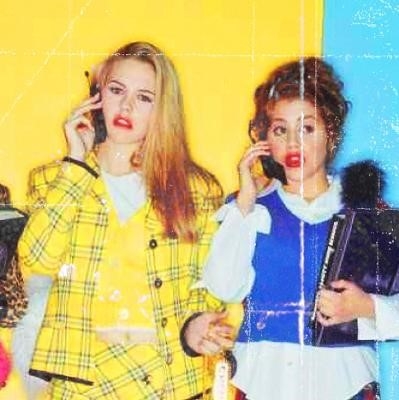
What Does the L.A. Valley Girl Stereotype Say About Language and Power?
By Tyanna Slobe PhD student, Linguistic Anthropology,…

